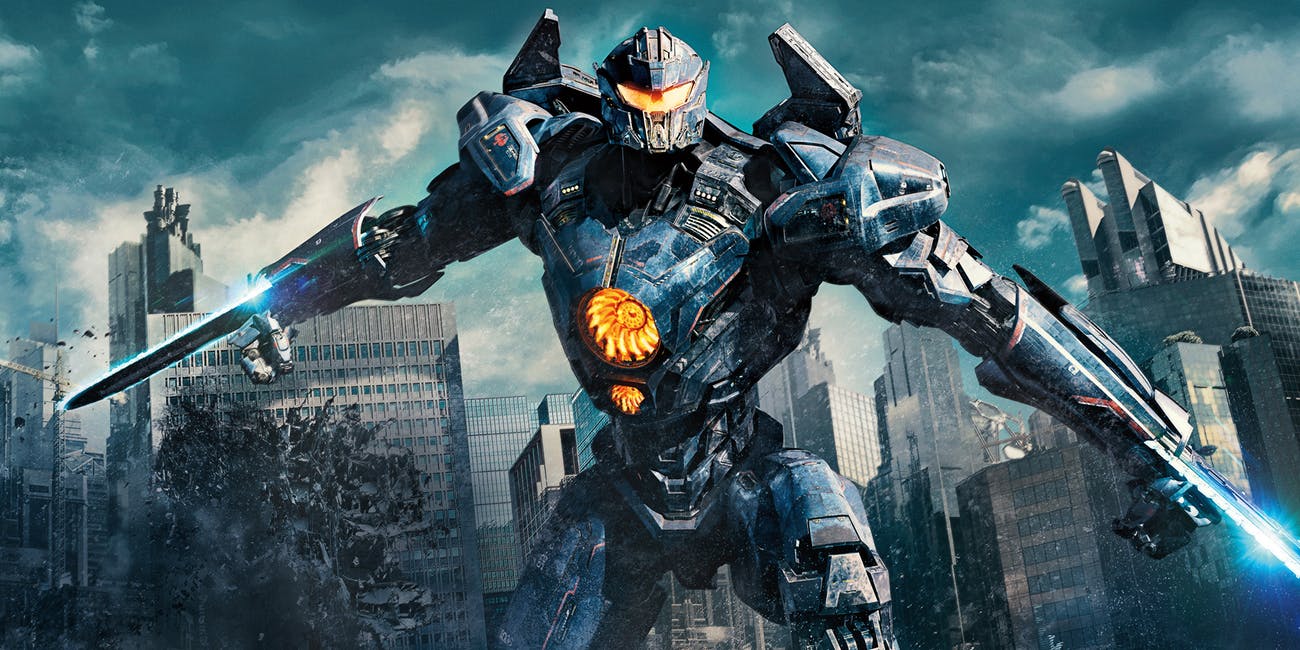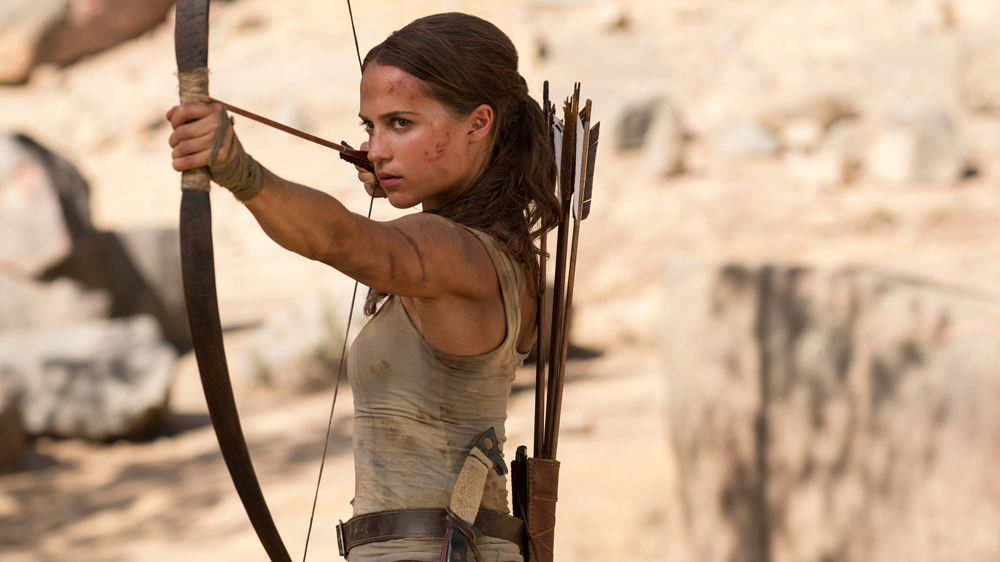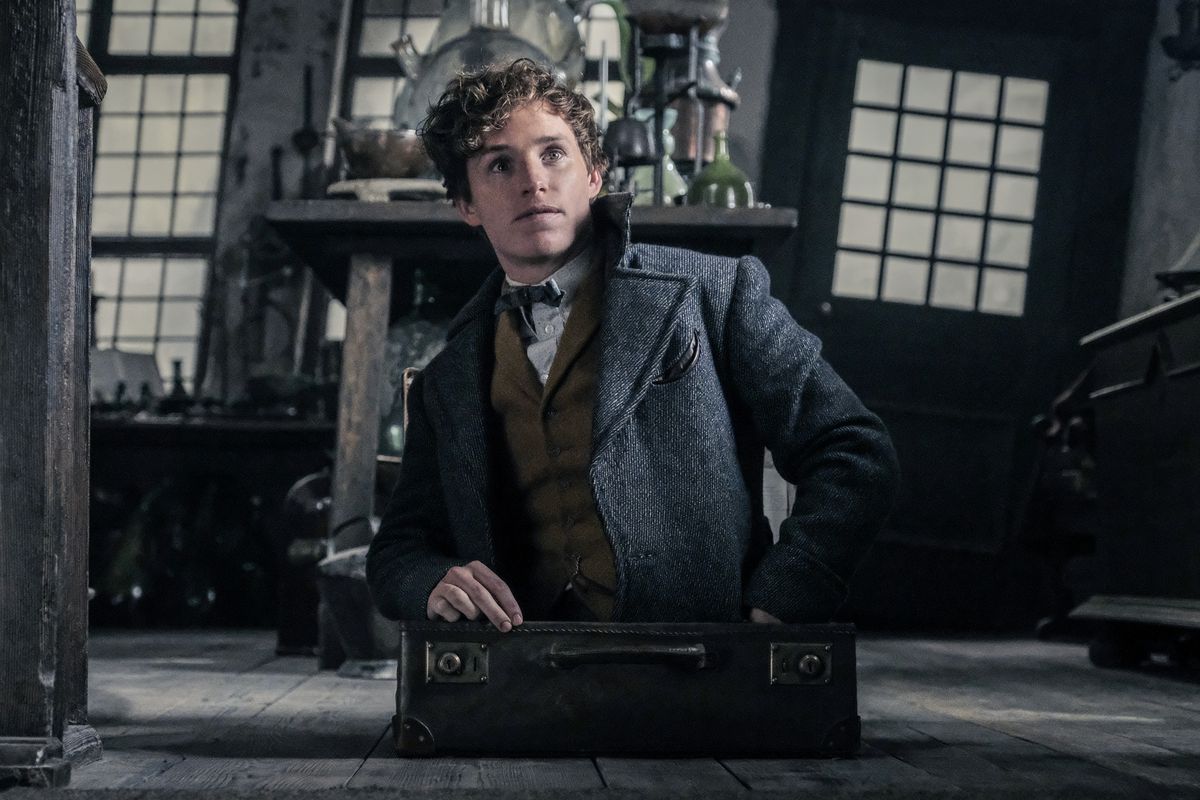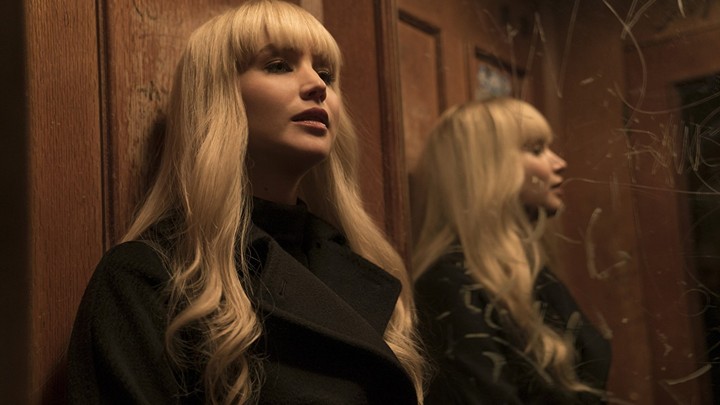
Annually, one of my favorite lists to write is the one where we figure out why sequels are made to movies that didn’t fare particularly well in America, mostly because it’s a much-needed reminder that, though United States still boasts the biggest box-office in the world, not everything is about us. Even the biggest movies each year owe much — or most — of their success to international box office. For instance, the second biggest movie of the year in the United States, Avengers: Infinity War, earned $2 billion worldwide. Only 33 percent of that came from America. The United States matters — and we matter a lot — but a film can succeed globally without succeeding in the United States.
In fact, here are ten examples of that from 2018:

Johnny English Strikes Again (Domestic: $4.3 million; International: $153 million) — There have been three Johnny English films and a Mr. Bean movie since 2003, and while none of them have ever fared particularly well in America (Mr. Bean’s Holiday is Rowan Atkinson’s biggest hit stateside, earning $33 million), Atkinson is a bizarrely huge box-office star overseas. In fact, no matter how poorly they fare in America, the Johnny English films — made relatively inexpensively ($25 million for Strikes Again) — always manage to muster around $160 million worldwide. While the UK expectedly is a big source of those grosses, Rowan Atkinson is actually apparently even bigger in China.

Maze Runner: The Death Cure (Domestic: $58 million; International: $230 million) — Like another YA film series, Divergent, the Maze Runner series has largely been an afterthought to America’s moviegoers. The first one earned $100 million back in 2014, but audiences quickly cooled as the YA adaptations went out of fashion. Not so, internationally, where the last two Maze Runner films earned $230 million, thanks largely to China and France, where Death Cure was the 13th biggest film of 2018.

Paddington 2 (Domestic: $40 million; International: $186 million) — The Paddington films are beloved by those who see them in America (and the sequel has a rare 100 percent fresh on Rotten Tomatoes), but unfortunately not enough people go to theaters to see them here. No matter, they do plenty well overseas, especially in the United Kingdom, where Paddington 2 was the sixth biggest film of 2017. France, Germany, and Australia are also sizable contributors to its box office, hopefully enough so that one day, we might be able to see a Paddington 3.

Pacific Rim Uprising (Domestic: $60 million; International: $230 million) — A film that cost $150 million to make should not be considered a hit if it only makes $60 million stateside, but the Pacific Rim sequel made nearly double its production budget globally. We shouldn’t be surprised. The first Pacific Rim, which cost $190 million to make, earned a sequel based on a $400 million global take, although only 25 percent of that came from America. International audiences clearly love their robots and monster movies.

Tomb Raider (Domestic: $59 million; International $216 million) — I am not confident that there will be a sequel to the Tomb Raider reboot after was almost completely neglected in America, but I also wouldn’t be surprised if it does. After all, it earned nearly triple its production budget once overseas ticket sales were tallied. Most of it, unsurprisingly, came from China, where it performed better than the United States with $78 million.

Skyscraper/Rampage (Domestic: $67 million/$101 million; International: $236 million/$327 million) — Dwayne “The Rock” Johnson is a huge star in America, where he’s one of the most likable celebrities in the country. However, if his box-office receipts are any indication, he’s even more popular in China, where Rampage and Skyscraper finished 15th and 24th respectively, compared to America where they finished 29th and 41st, respectively. In China, it seems they are more prepared to pay to see their favorite stars, regardless of how good the movie is.

Fantastic Beasts: The Crimes of Grindelwald (Domestic: $156 million; International: $470 million) — The second film in the Fantastic Beasts series fell short of even the disappointing showing of the first Fantastic Beast movie ($234 million). But even for a film that cost $200 million to make, $600 million globally is enough to ensure not just a sequel, but that the franchise’s five films will all be able to come to fruition. China, obviously, was a big contributor, but so were the UK, France, Germany, and Russia, where Fantastic Beasts was the fourth biggest film of the year (and third biggest English-speaking film).

Red Sparrow (Domestic: $46 million; International: $104 million) — Essentially forgotten in America (despite the popularity of its star, Jennifer Lawrence), Red Sparrow was likely able to eke out a profit on its $69 million budget thanks to international grosses. This one, however, cannot owe its global success to China (where it wasn’t even released). Germany and Spain, however, were essential ingredients to its modest box-office success. It finished among the top 20 films of the year in both countries.

The Commuter (Domestic: $36 million; International: $83 million) — Though I have actually seen The Commuter, I had to look it up to refresh my memory on which Liam Neeson revenge film it was. This is the one where Liam Neeson, ahem, has to kill some people to protect his family. American audiences clearly had tired of the Taken rip-offs, but international audiences still had the stomach for it, especially in — where else — China.






